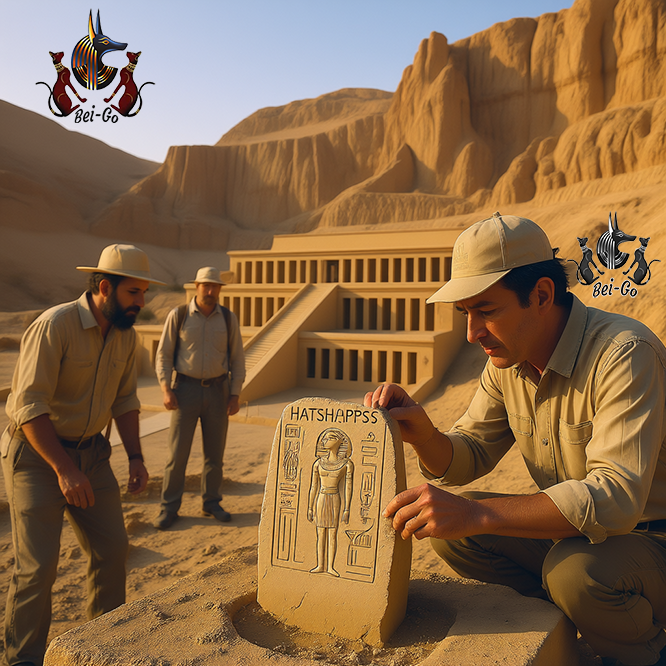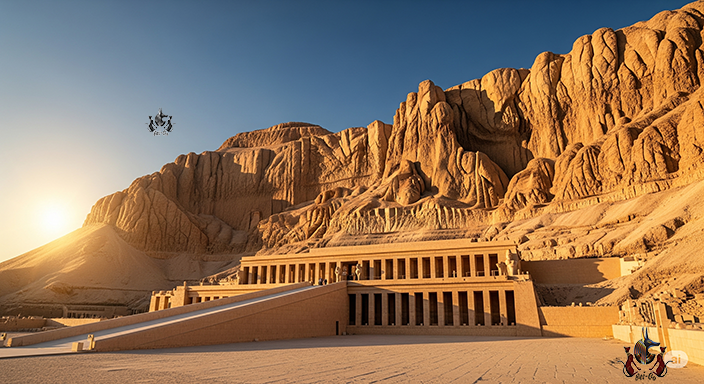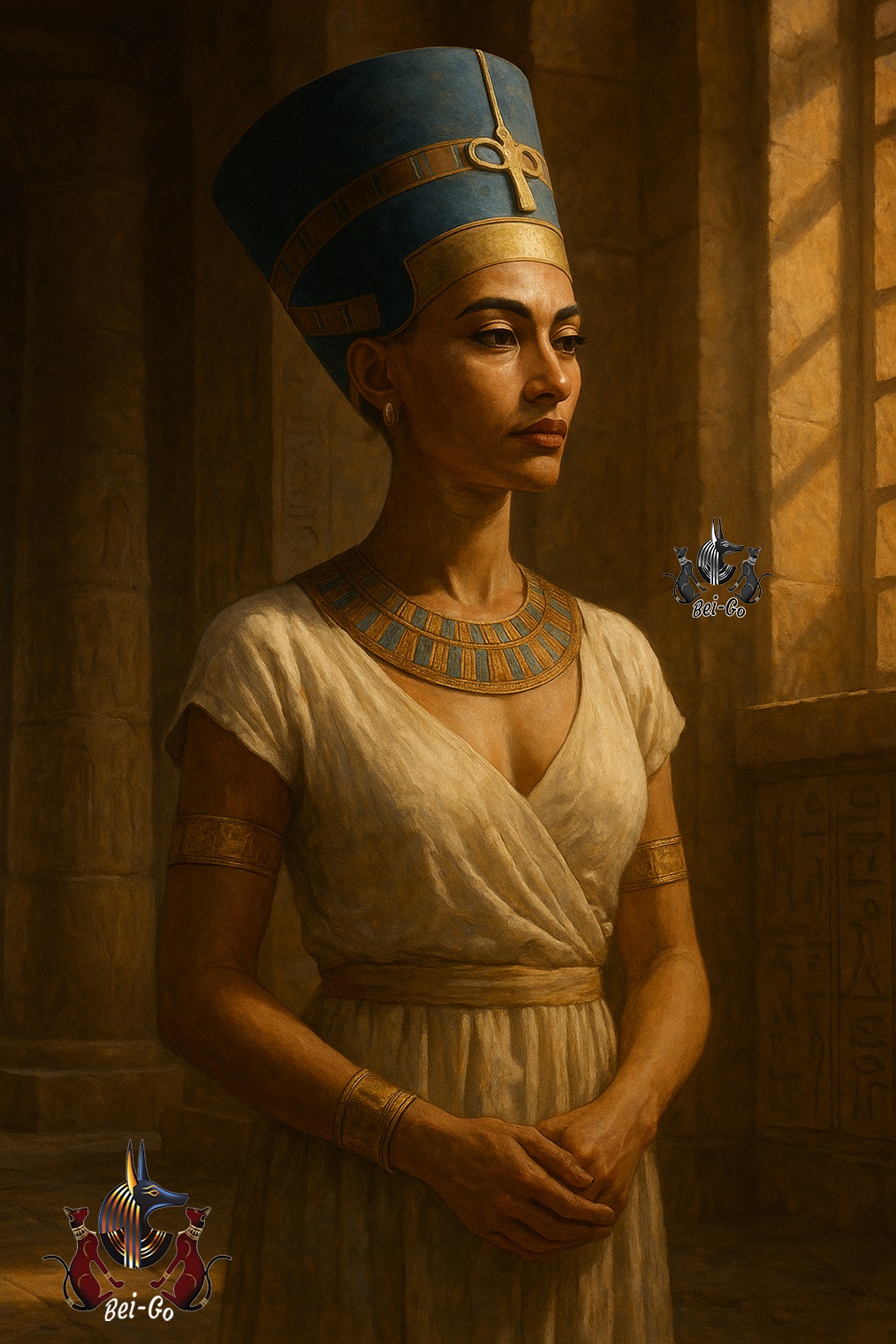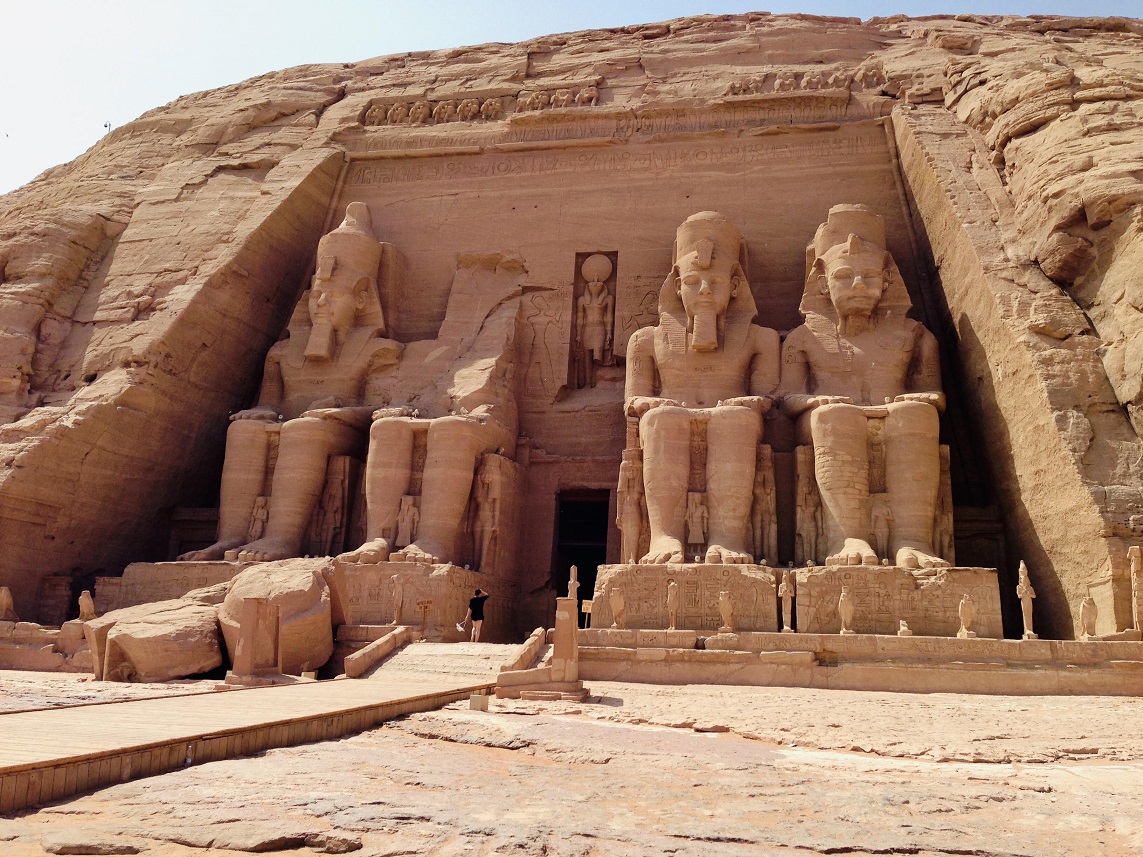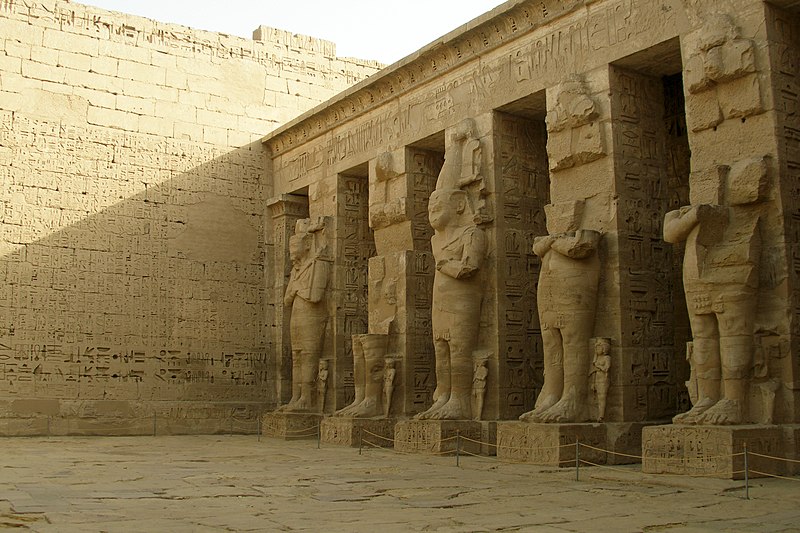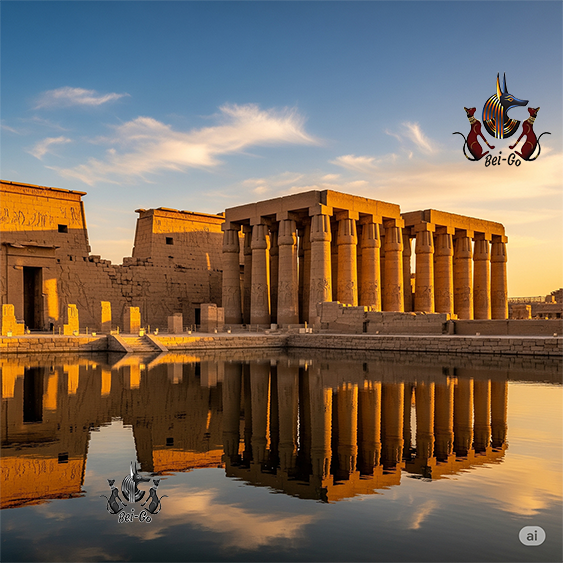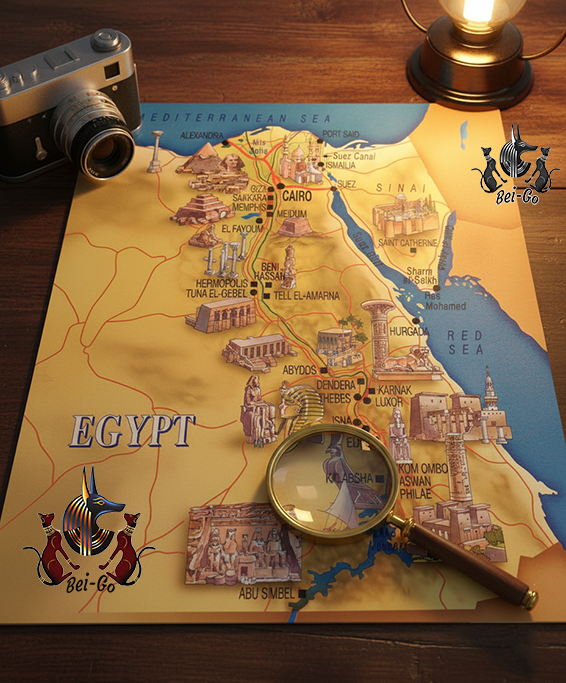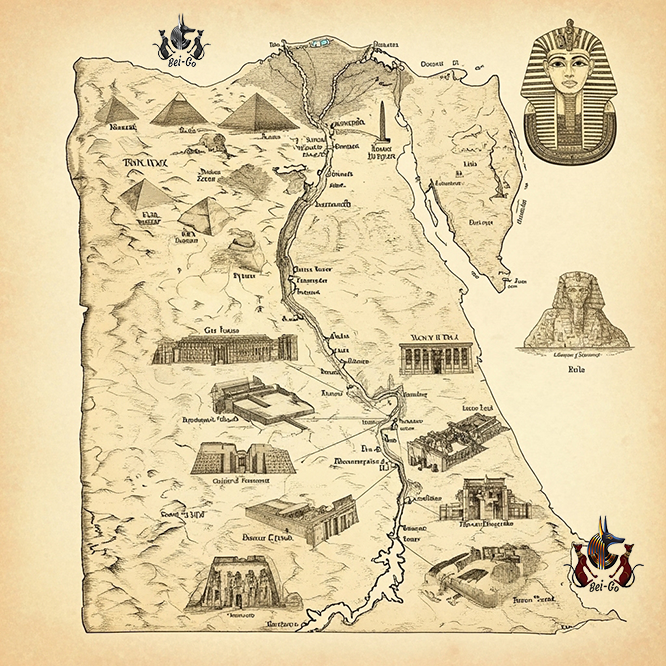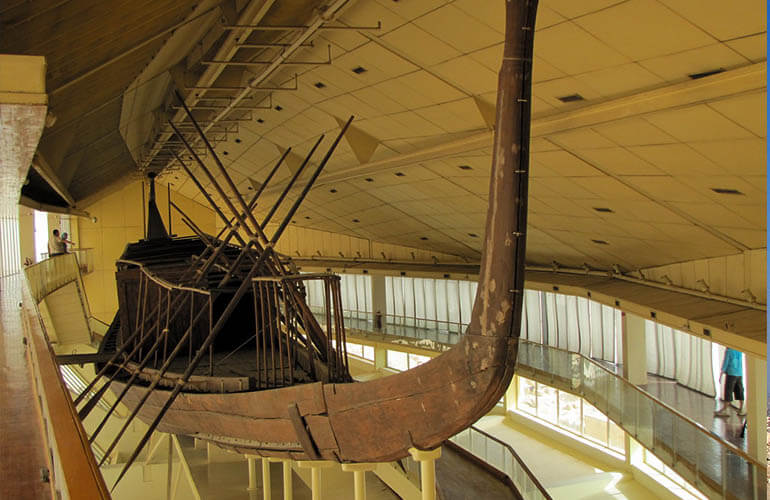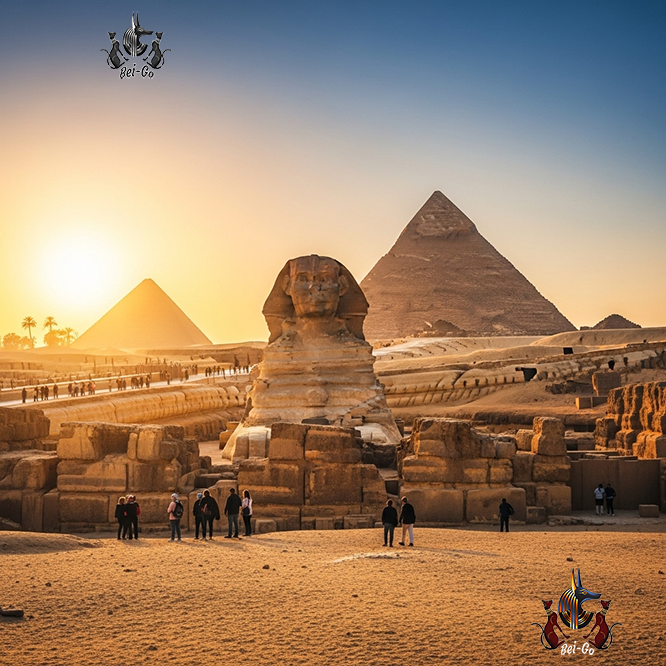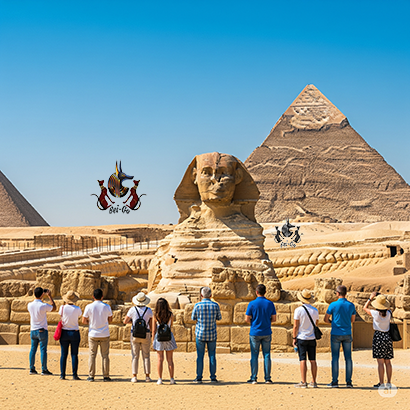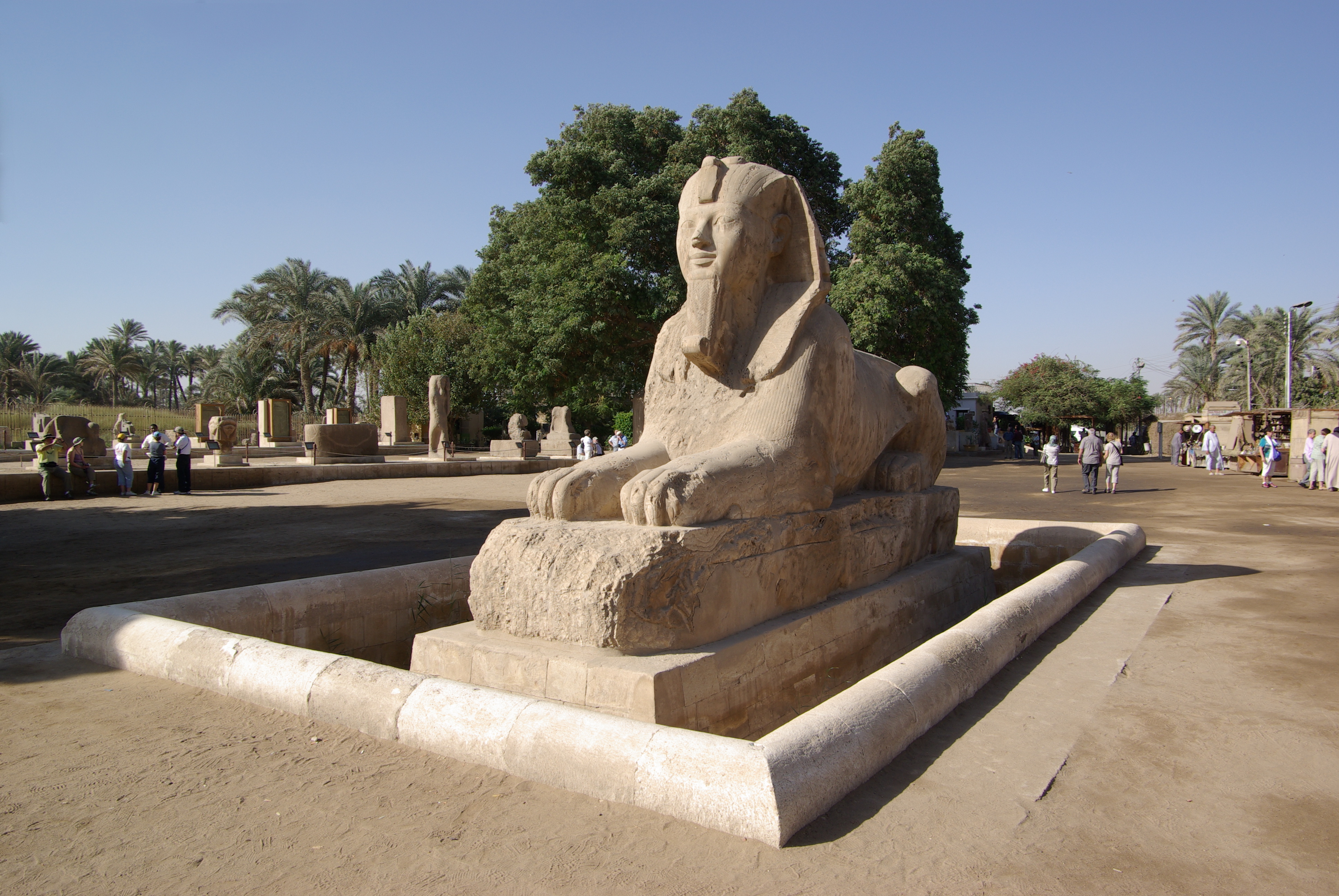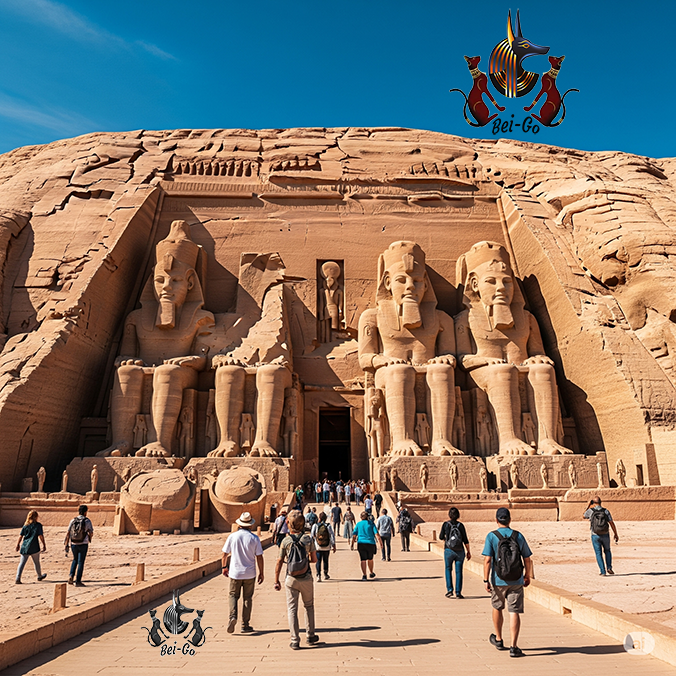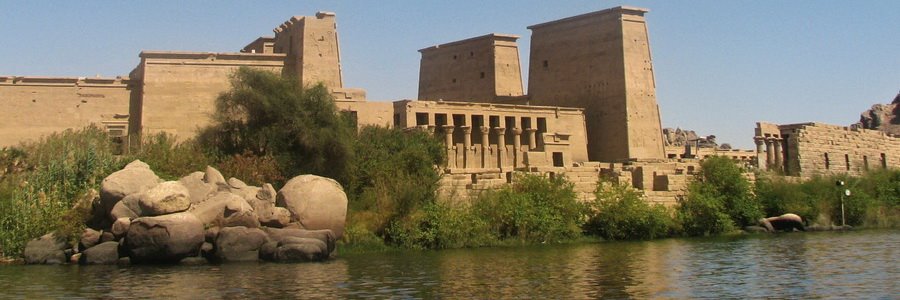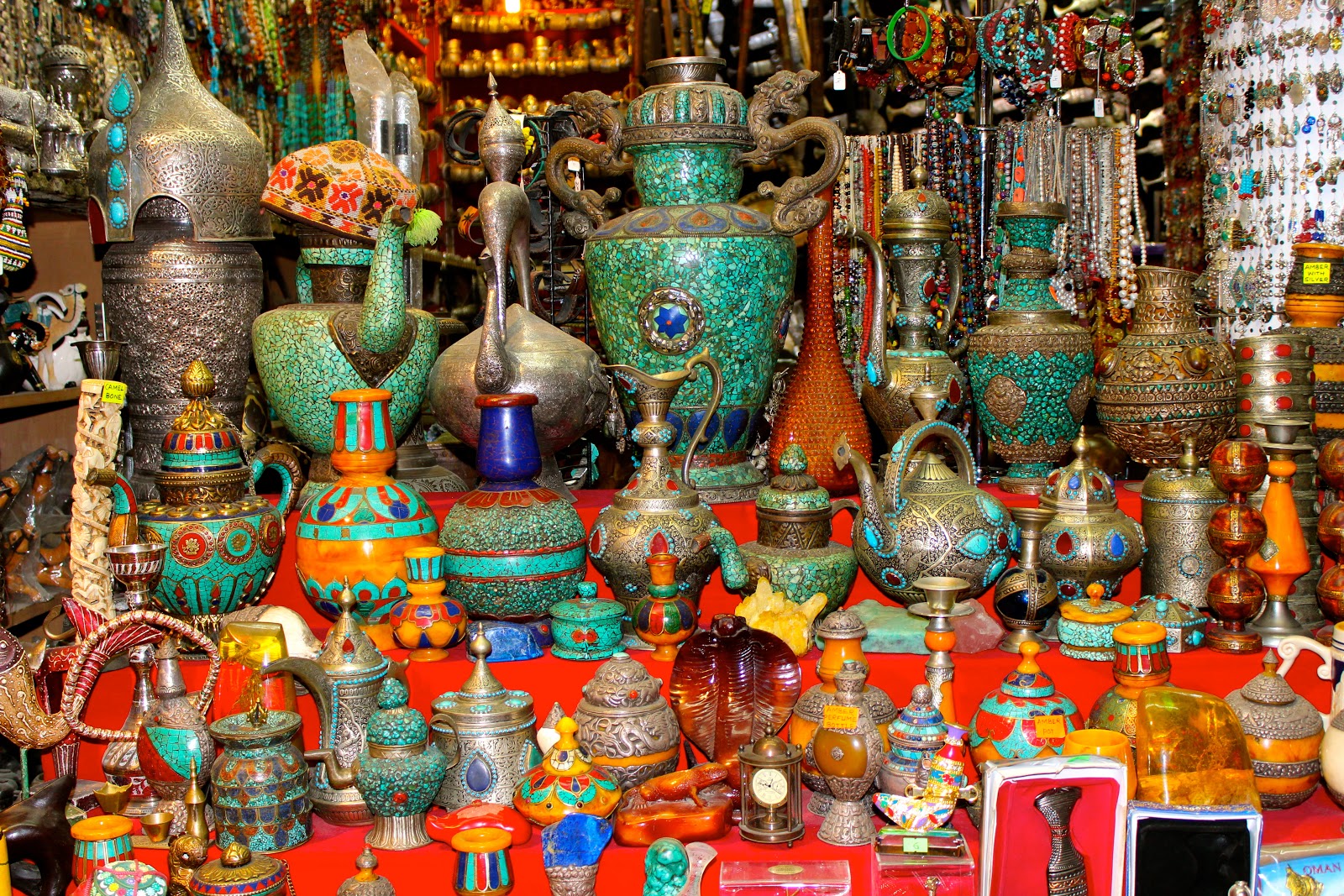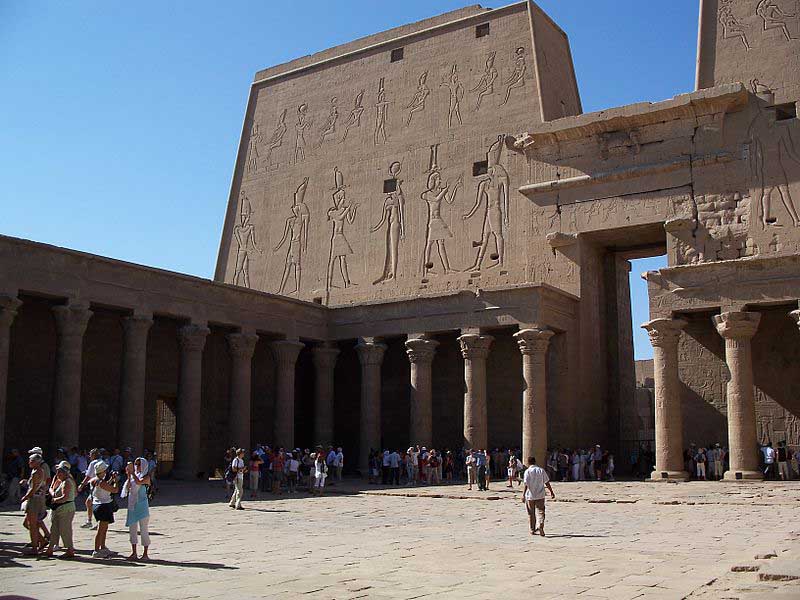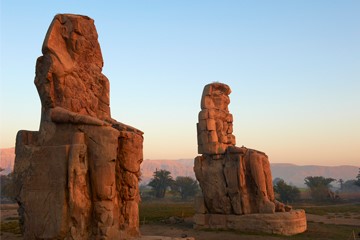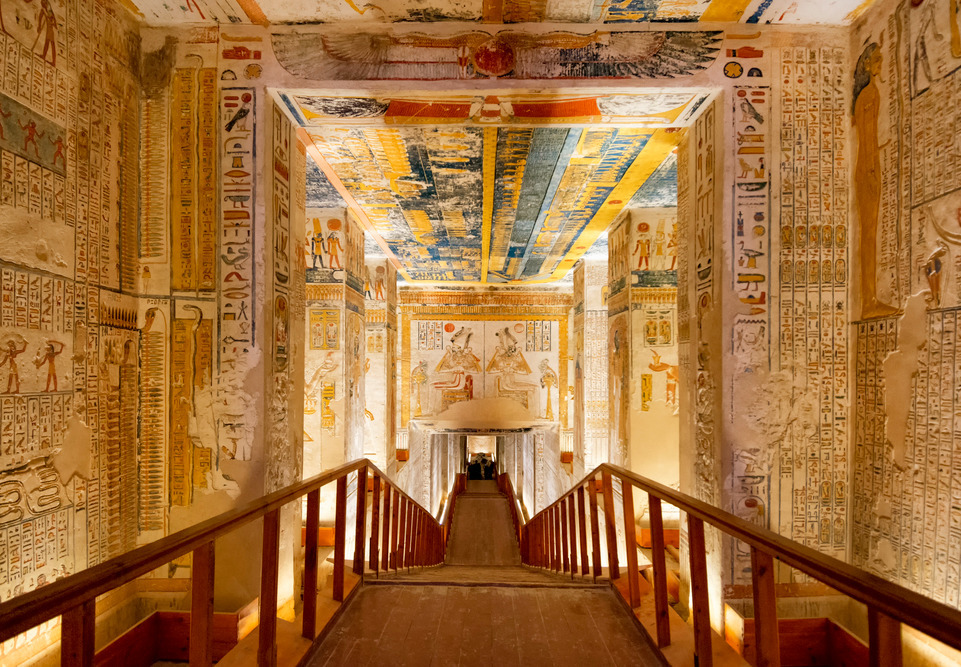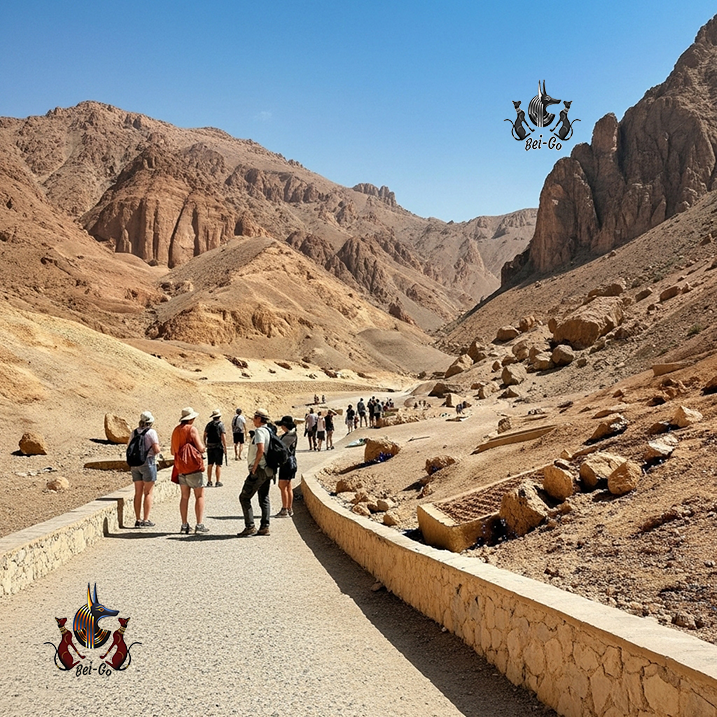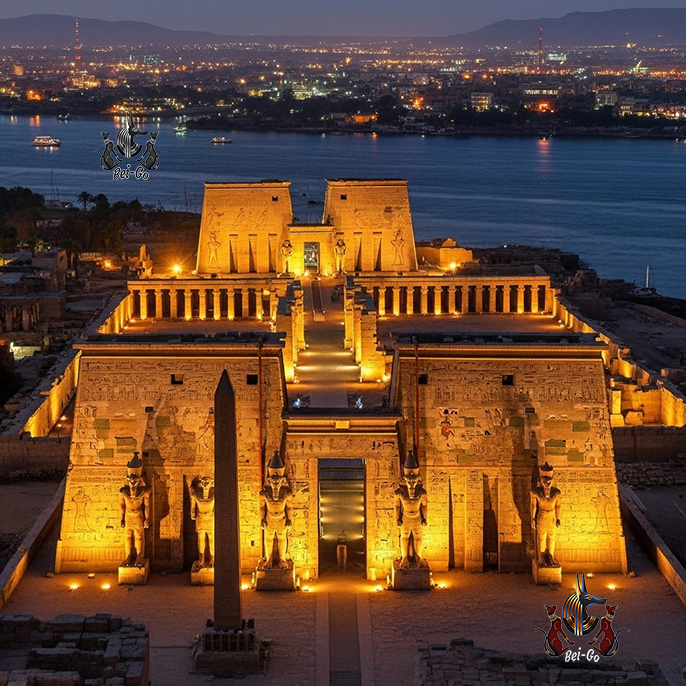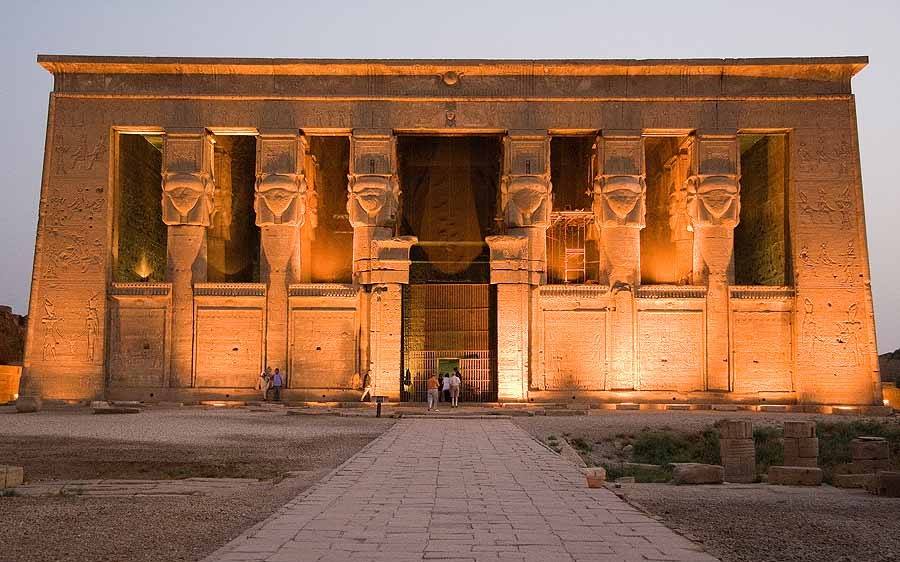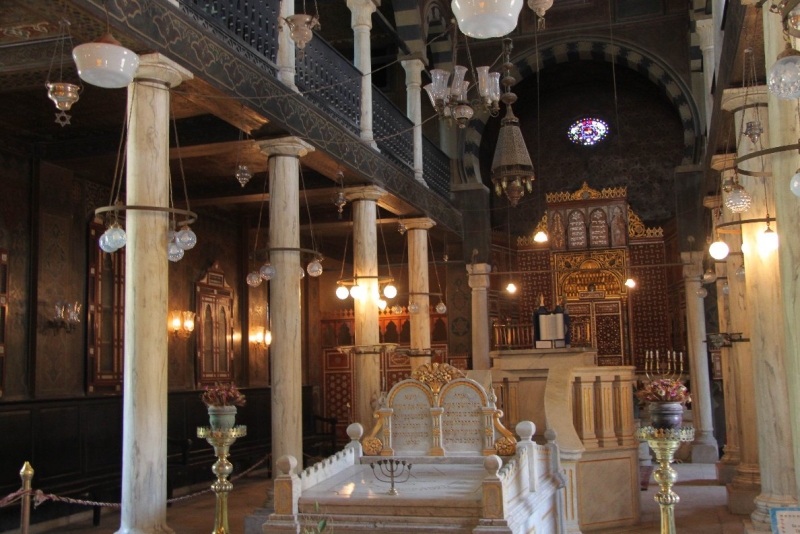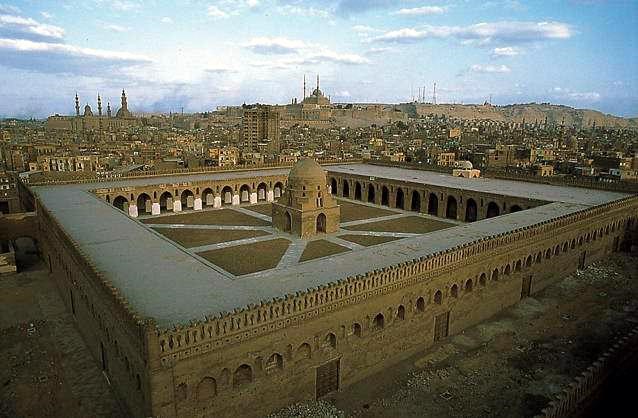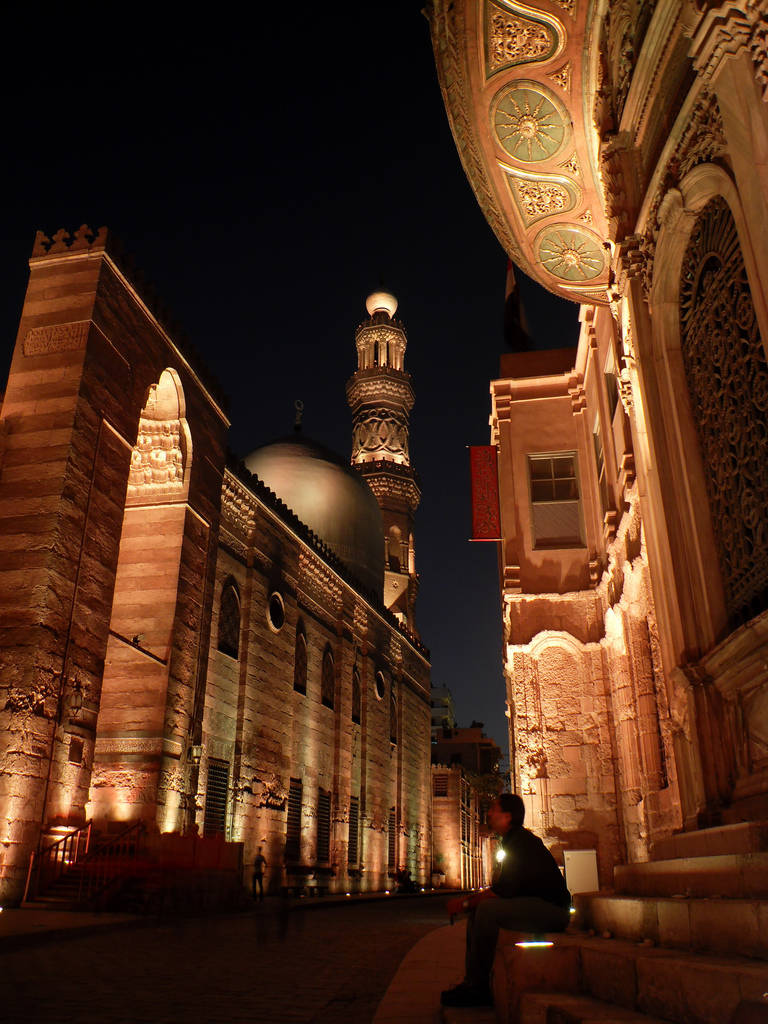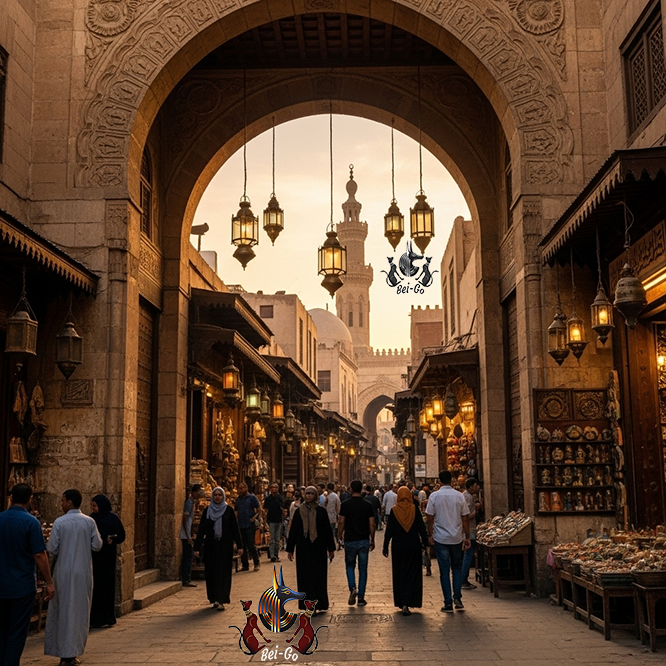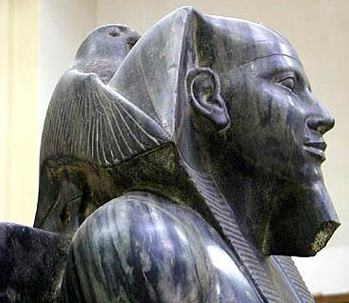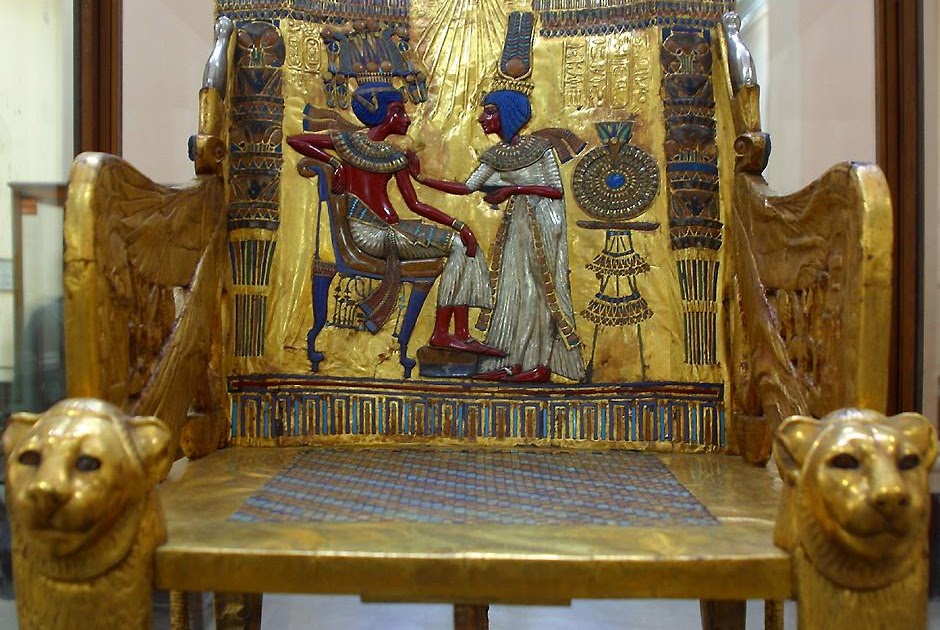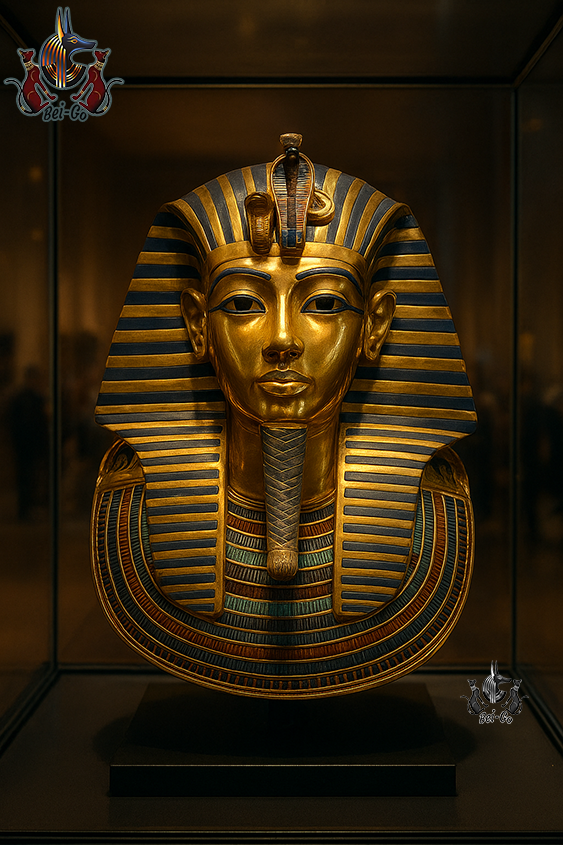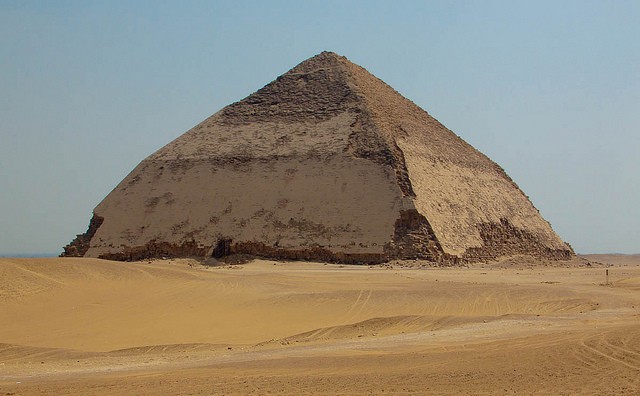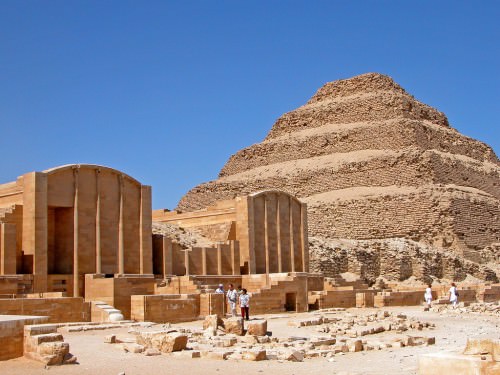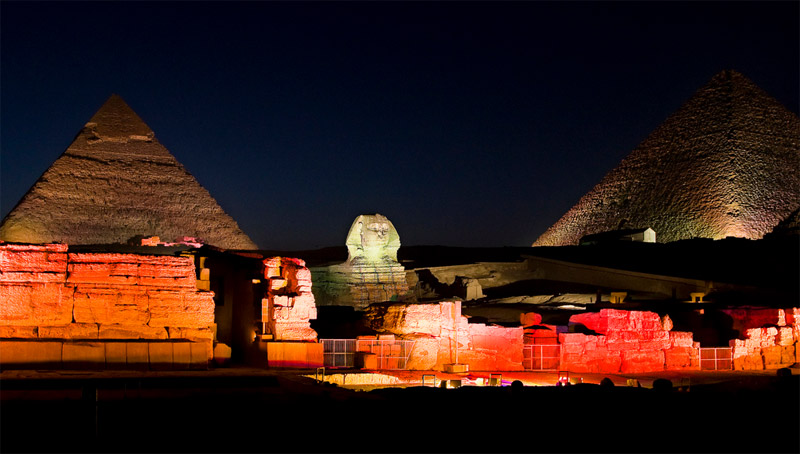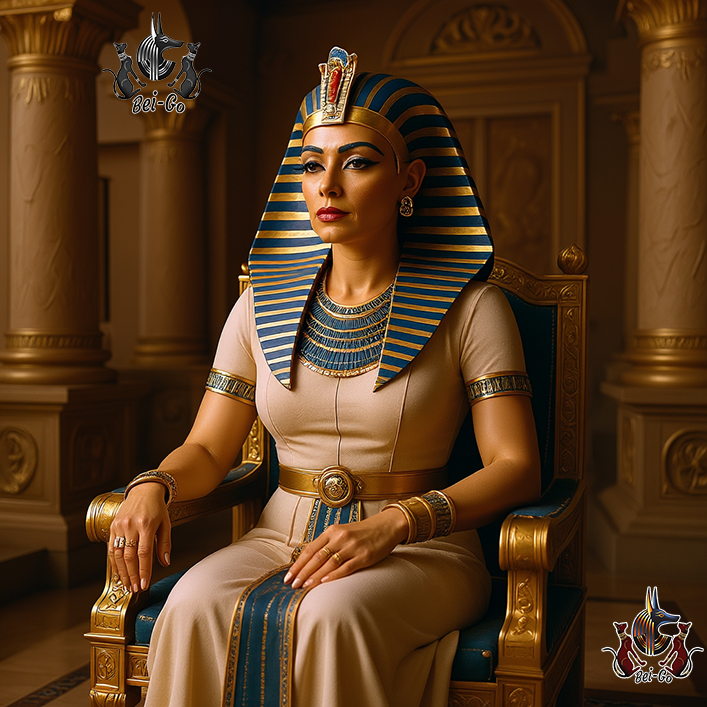
Hatshepsut: The Forgotten Pharaoh Who Changed Ancient Egypt

Hatshepsut, one of the most successful rulers in ancient Egyptian history, stands out not just for her achievements but for her unprecedented reign as a female pharaoh. While other women had held power, Hatshepsut broke the mold, ruling not as a queen regent but as a fully-fledged king, adopting the titles, regalia, and even the ceremonial false beard of her male predecessors. Her era was one of immense prosperity, marked by ambitious building projects, flourishing trade expeditions, and a period of relative peace and stability. Yet, despite her monumental legacy, her name was systematically erased from history after her death, a deliberate act that has puzzled historians for centuries. This article delves into the extraordinary life of Hatshepsut, exploring her rise to power, the hallmarks of her golden age, and the controversial legacy she left behind. Her story is a testament to resilience and power, and it invites us to reconsider the conventional narratives of leadership in the ancient world.
The Unprecedented Rise to Power
Hatshepsut's path to the throne was anything but conventional. Born around 1508 BCE, she was the daughter of the powerful pharaoh Thutmose I and his principal wife, Ahmose. This lineage gave her a strong claim to the throne, but tradition dictated that the pharaoh had to be male. After her father's death, she married her half-brother, Thutmose II, who then became pharaoh. Their reign was short-lived, and when Thutmose II died, the throne passed to his young son, Thutmose III, born to a lesser queen. As regent for the boy king, Hatshepsut held immense power, but she was not satisfied with being a mere placeholder. Approximately seven years into Thutmose III's reign, Hatshepsut took the unprecedented step of declaring herself pharaoh. To legitimize her claim, she wove a new narrative, asserting that her father had chosen her as his successor and that the god Amun-Ra himself had ordained her to rule. She commissioned grand monuments and inscriptions to proclaim her divine right to the throne, solidifying her authority in a male-dominated world.
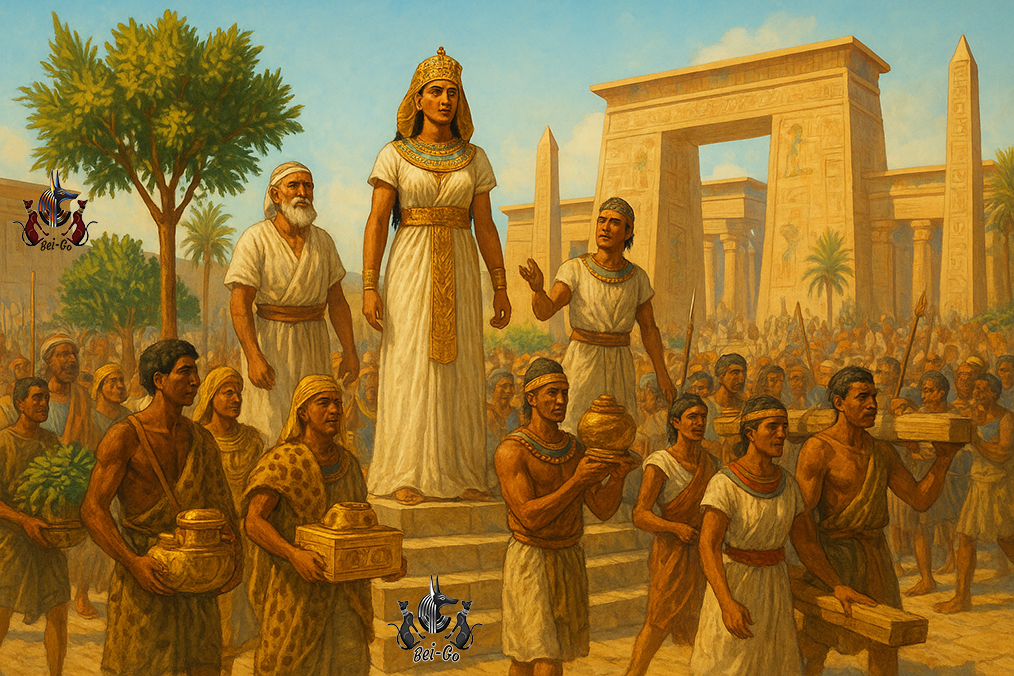
The Golden Age: A Reign of Peace and Prosperity
Hatshepsut's 22-year reign is often hailed as one of the most peaceful and prosperous in Egypt's New Kingdom. Unlike many of her male counterparts who sought glory through military conquest, she focused on internal development and international trade. One of her most famous achievements was the highly successful expedition to the distant land of Punt, a place of great value for its exotic goods like myrrh, frankincense, ebony, and precious metals. The reliefs at her mortuary temple at Deir el-Bahri meticulously document this journey, showcasing the ships, the people of Punt, and the rich bounty brought back to Egypt. This venture not only enriched the nation's treasury but also cemented her reputation as a visionary leader. Bei-Go Tours, with their expert guides, can help you visualize these historical moments, bringing the stories of Hatshepsut's expeditions to life as you explore the temples.
Beyond trade, Hatshepsut was a prolific builder. She commissioned hundreds of construction projects across Egypt, including additions to the Temple of Karnak and the creation of two towering obelisks, the tallest ever erected at the time. These building projects not only provided employment for thousands of craftsmen and laborers but also served as powerful symbols of her power and divine legitimacy, leaving an indelible mark on the landscape of ancient Egypt.
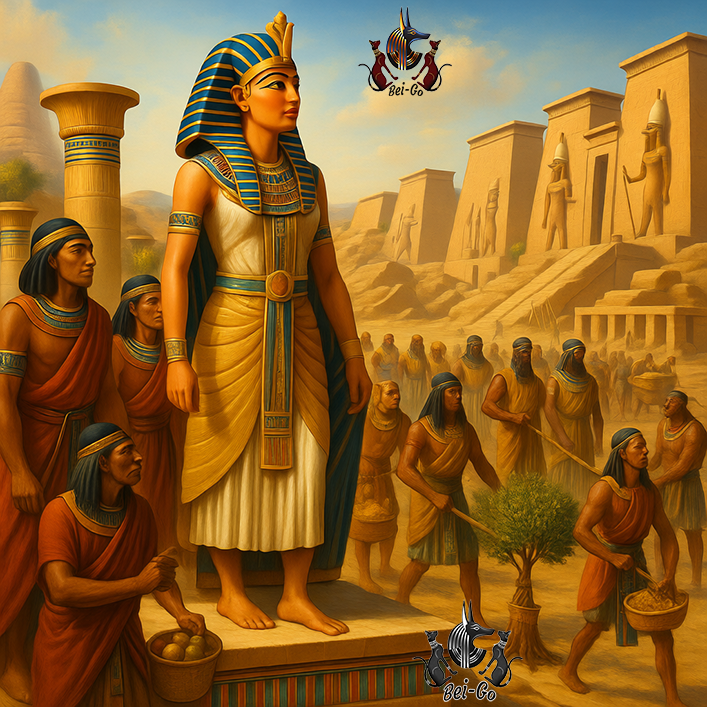
The Mortuary Temple at Deir el-Bahri
While Hatshepsut built extensively throughout Egypt, her most magnificent architectural legacy is her mortuary temple at Deir el-Bahri. Known as the "Holy of Holies," this stunning structure stands as a testament to her power and artistic vision. It is carved into the sheer limestone cliffs on the west bank of the Nile, with its elegant three-tiered terraces, long ramps, and colonnaded halls. The temple was designed as a place for both her funerary cult and for the worship of the gods, particularly Amun-Ra. The walls are covered in detailed reliefs that tell the story of her divine birth and her famous expedition to Punt. Visiting this temple offers a profound insight into her reign, allowing visitors to walk the very grounds where her legacy was so boldly and beautifully proclaimed. Its location and design make it one of the most unique
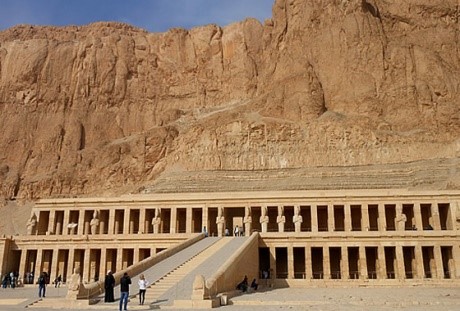
The Royal Family and Dynasty
Hatshepsut's family was central to her rise and eventual disappearance from the historical record. She was the daughter of Thutmose I, a great warrior pharaoh, and the wife and half-sister of Thutmose II. After her husband's death, she ruled as regent for her young nephew, Thutmose III. As a powerful and respected woman, her presence was felt throughout the dynasty, shaping the political landscape for decades. Her relationship with Thutmose III, who would go on to be one of Egypt's greatest warrior kings, remains a subject of historical debate. After her death, it was during his reign that her name was systematically chiseled from her monuments, likely to re-establish the traditional male line of succession. This deliberate act of erasure, known as damnatio memoriae, made Hatshepsut an enigma for centuries until modern archaeology pieced her story back together. Her family's story is a compelling drama of power, legacy, and ambition.
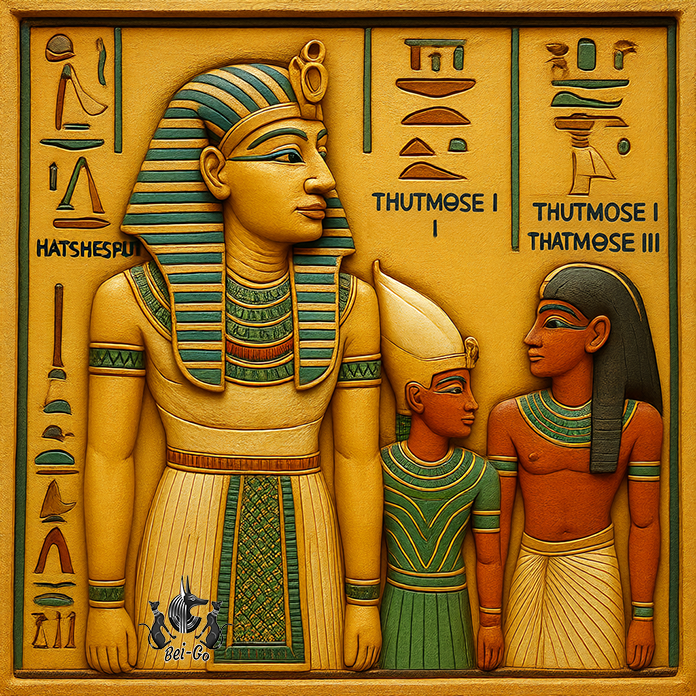
A Legacy Rediscovered
For millennia, the story of Hatshepsut lay buried under the rubble of her defaced monuments and the silence of erased inscriptions. It was only in the 19th century, with the deciphering of hieroglyphs and the archaeological excavations of her temple and tomb, that her extraordinary story began to reemerge. The meticulous work of historians and archaeologists has pieced together her life, revealing a powerful and innovative sovereign who challenged the conventions of her time. Today, she is recognized not only as a footnote in history, but as one of Egypt's most significant and influential pharaohs. Her legacy continues to inspire and challenge our perceptions of ancient history and the role of women in positions of power. Book your private tour with Bei-Go in Luxor today. Walk in the footsteps of Queen Hatshepsut, explore her monumental temple, and uncover the secrets of her extraordinary story firsthand.
